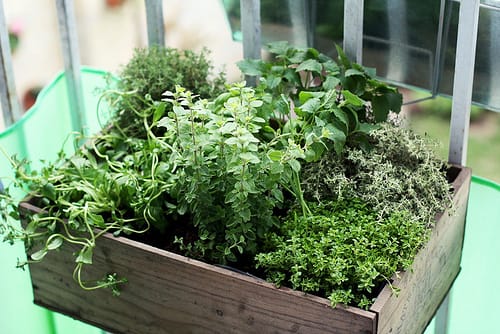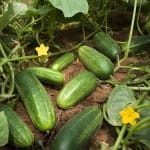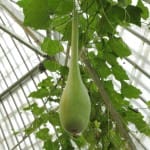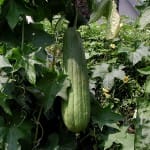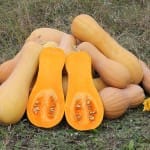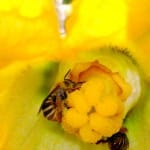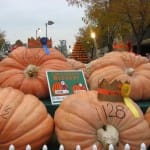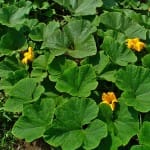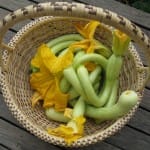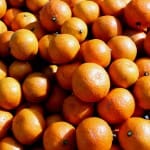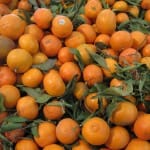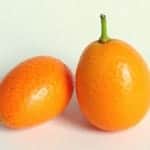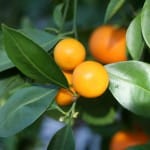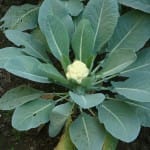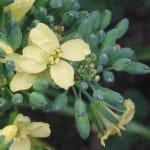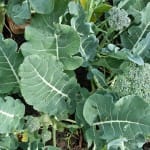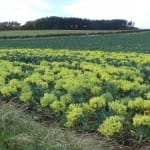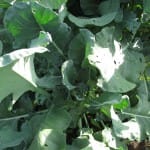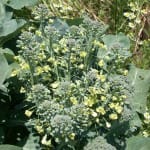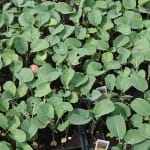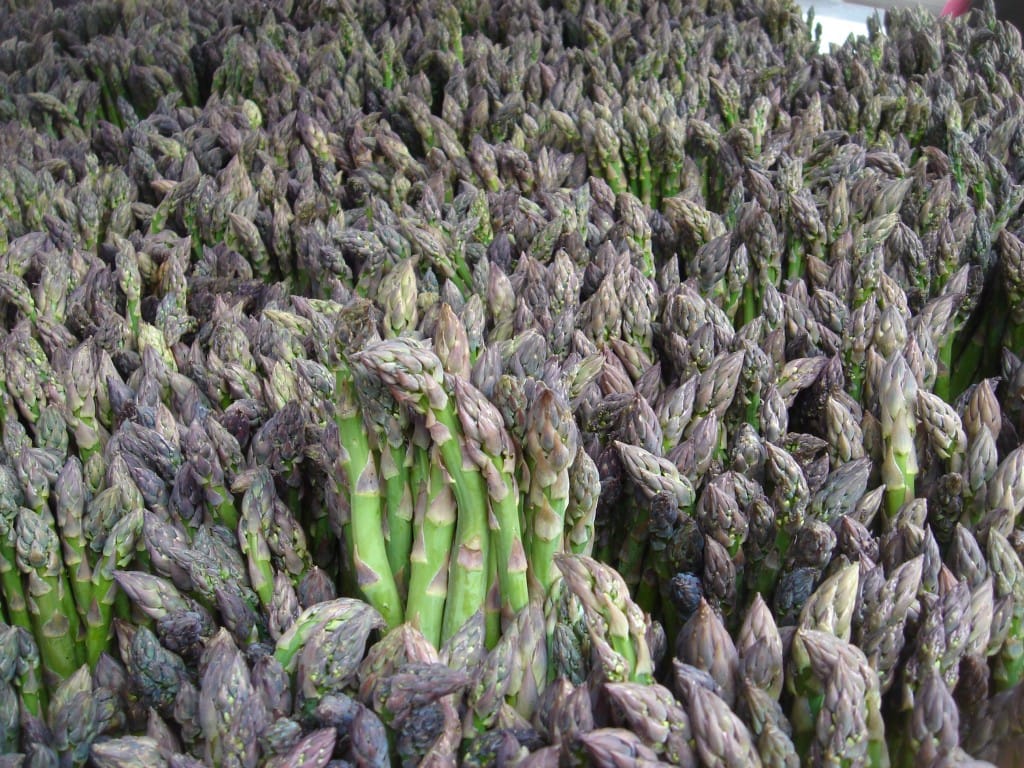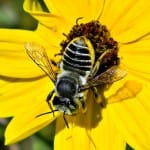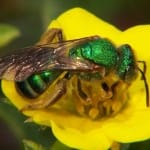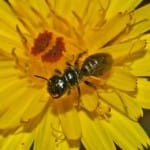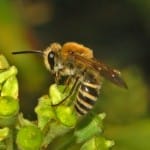Source(s): Wayne McLaurin, Professor Emeritus of Horticulture, The University of Georgia, College of Agricultural and Environmental Sciences
Growing herbs in southern gardens is simple and rewarding. Herbs provide seasonings for food, pleasant fragrances and interest to landscapes. A wide variety of herbs grow well in Georgia with its hot, humid summers and fluctuating winter temperatures.
What Are Herbs?
In the broadest sense, soft-stemmed green plants are termed herbs. Herbs are non-tropical plants of which leaves or stems are used primarily as flavoring, medicine or fragrance. They are distinguished from spices, which are usually the products of roots, seeds, bark, or fruits of tropical plants. Yet a number of commonly-grown herbs also yield seeds or roots that are harvested. Some herbs develop woody stems, such as lemon verbena, and are grown primarily today as landscaping plants – salvia and artemisia, for example. Potherbs are familiar greens, such as mustard and chicory; and some plants, such as garlic and hot peppers, are vegetables commonly grown in herb gardens.
Herb Culture
Herbs do well in average soil. Like many garden plants, herbs prefer well-drained, loamy to sandy soil in good tilth. A soil pH range of about 6 to 7.5 is appropriate for most herbs, though some such as rosemary and lavender, actually prefer slightly more alkaline soil (7.5). Southern soils may require the addition of dolomitic lime (10-20 lbs. per 100 sq. ft) for herbs to grow well. Herbs require only moderate fertilizing; a soil test will give recommended amounts of lime and fertilizer. Herbs such as basil, chives, and parsley require more fertilization because they are heavily harvested. Because many herbs are perennials, prepare the soil well before initial planting by tilling in well-rotted manure and/or compost. Before planting the herb bed, work the soil to a depth of 1 foot or more, breaking up clods and adding organic matter if the soil is heavy clay or sandy. Like most vegetables, herbs generally require at least six hours of sunlight. (Some herbs grow under other conditions — see box, “Special Conditions.”)
Herb gardeners generally agree that raised beds help herbs to flourish. They provide good drainage and warmer soil temperatures, as well as workable options for the gardener with poor soil or difficult landscaping problems. Raised beds can be contained in rock walls, landscape timbers, railroad ties or other borders.
Mulching is a must in the Deep South. Consider a mulch of shredded bark, wood chips, or pine straw to discourage weeds and retain an even supply of moisture in the soil.
Special Conditions
While the following herbs tolerate these conditions, they will generally not tolerate extremes:
Semi- Shade
- bay
- comfrey
- costmary
- lemon balm
- mints
- parsley
- sweet woodruff
Moist Soil
- monarda
- comfrey
- mints
- parsley
Dry Soil
- artemisia
- borage
- fennel
- scented geraniums
- germander
- sage
- santolina
- winter savory
- soapwort
- thyme
- yarrow
Resource(s): Herbs in Southern Gardens
Center Publication Number: 259
